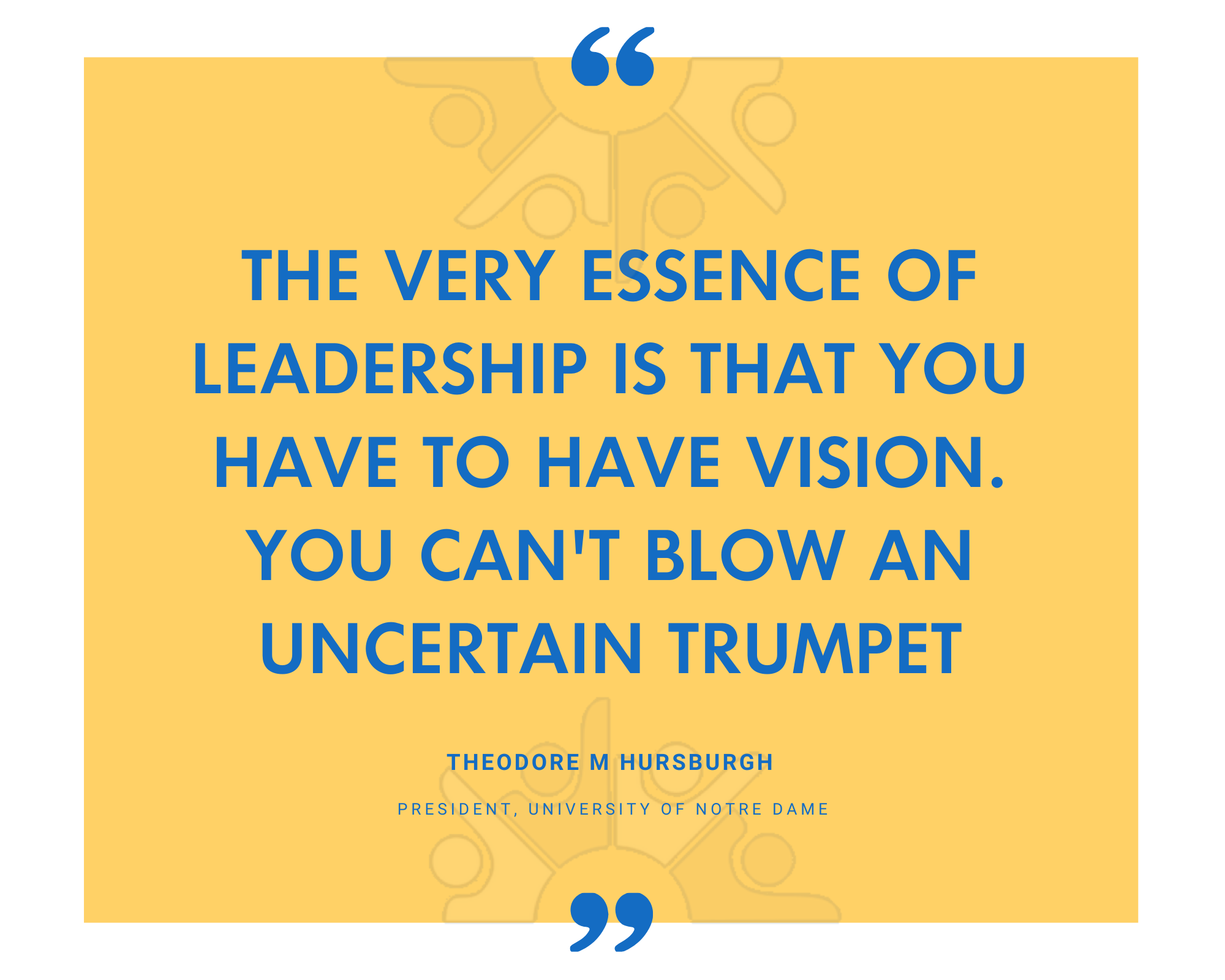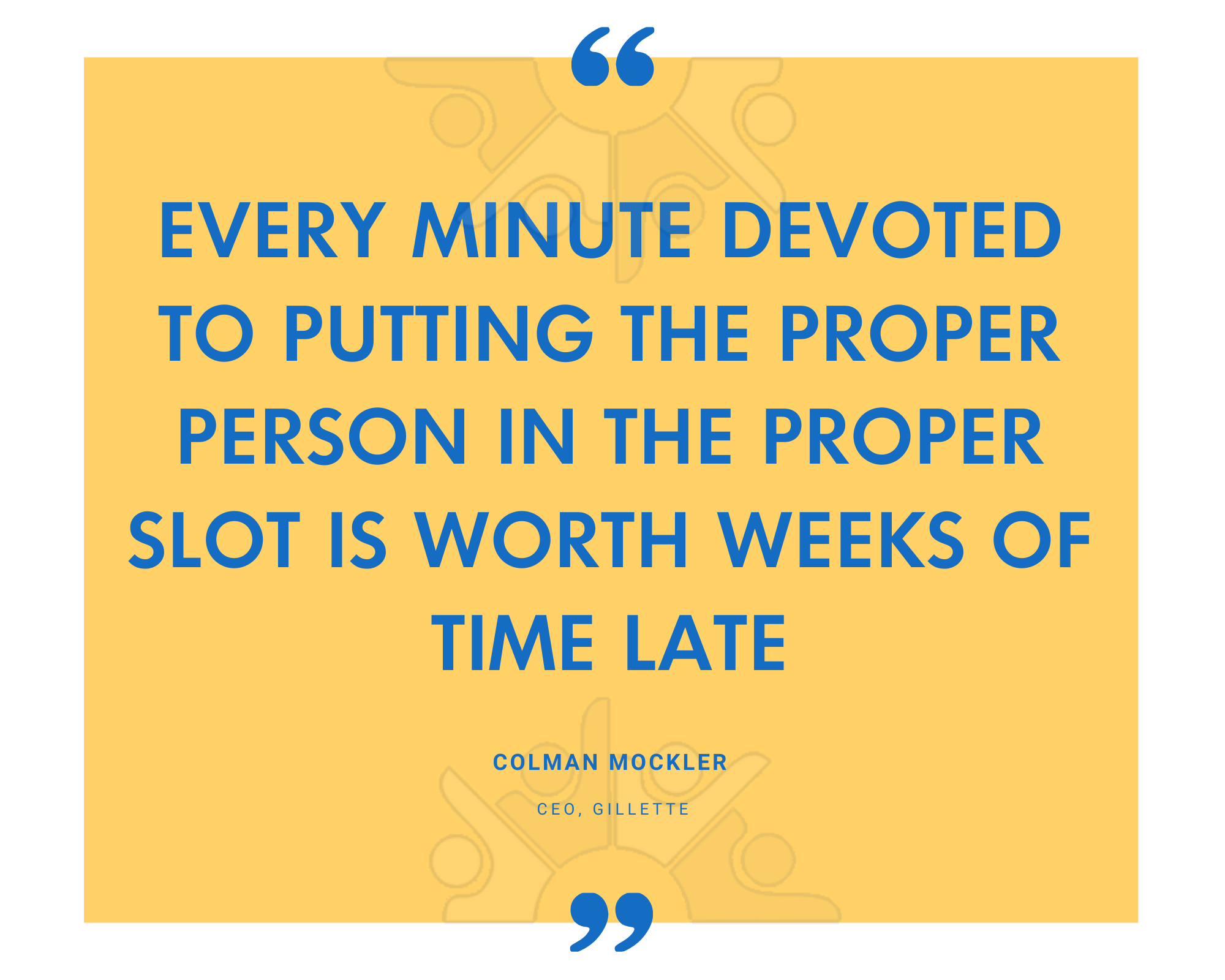With HR departments and leaders experiencing an unprecedented overhaul in the way they work during the COVID-19 crisis, a fresh, multi-dimensional approach to how they use their people management software to manage individuals and teams is needed. Understanding which employees need support – and which ones are waiting for their talents to be unleashed – requires an integrated system for managing performance and engaging employees across a range of digital portals.
Here’s how you can make the most of your performance management tools to enhance talent and leadership.

Talent-driven leadership
Having the leaders in place with the right skill-set is essential in order for your company to be able to identify and promote the most talented individuals, as well as choose the best new hires. While a competent manager might be good at organizing people and resources to pursue your company’s objectives, the best leaders are capable of galvanizing the workforce around a clear vision and encouraging the highest performance standards and will maximize the features of their people management software in order to do this.
When turning to digital performance management to better understand how leaders can adapt their people management software to deliver the best results, a Harvard Business School study revealed seven key skills and best practices for managers when dealing with remote workers:
- Check in frequently and consistently.
- Use face-to-face or voice-to-voice contact.
- Demonstrate exemplary communication skills.
- Make expectations explicit.
- Be available.
- Demonstrate familiarity and comfort with technology.
- Prioritize relationships.
Let’s take a closer look at how you can make the most of your people management software to best channel these principles of great leadership while maximizing the potential for the talented employees within your company.
Build a culture self-discipline and a climate of truth
A common mistake made by many companies is to build their bureaucratic structures around managing the “wrong people on the bus”, setting in motion a cycle of the right people being driven away, which in turn increases the number of wrong people and subsequently bloats the bureaucracy required to deal with incompetence. To avoid this culture of bureaucracy and hierarchy, you should place self-discipline and a climate of truth at the forefront.
Place these values front and centre throughout your performance management tools with effective use of branding so that your company’s vision is evident throughout the culture. Leaders can foster a climate of truth by leading with questions, not anwers, encouraging insight and innovation.
Multi-channel communications can be used to engage in dialogue and debate, while data collected from tracking objectives provides the material for conducting autopsies on projects and initiating “red flag” mechanisms to prevent problems from recurring, minimizing the negative effects of hierarchy and increasing transparency between individuals, team leaders and executives.

Clarify and track objectives and expectations
Defining clear goals and expectations is essential for leaders to align their employees and enhance the prospects of uncovering the best talent. Whether this is bread and butter objectives and key results, or SMART and stretch goals designed to give teams and individuals a greater degree of flexibility, ensuring these are clearly defined within the framework of your people management software means leaders can manage performance at the macro and micro level.
Using a fully integrated performance management suite means that, not only can leaders identify and address problems as soon as they arise, they can also use the data to place the best people in the right positions and give them the opportunity to thrive.
Measuring how effectively employees complete their objectives can be combined with observation of the ways in which they deal with pressure and handle collaboration and team playing, giving leaders multiple touch-points for spotting the best talent.
Demonstrate care and encourage engagement

The workers in the HBS poll also said that managers who are always available during the remote employee’s work hours (an always-on listening channel) were best at helping workers feel supported and cared about. They also noted that they appreciate a bit of awareness by managers of the employee’s personal life.
While remote workers do not have physical water coolers where they can gather for informal chats, chat groups, forums and other text or video communications channels can stand in as digital water coolers so that managers and colleagues can look into one another’s well-being, providing managers and HR leaders the ability to deal with any problems in a timely manner.
Utilising people management software that brings company culture, employee engagement and retention, and performance management under the same digital umbrella affords leaders the overarching view necessary to identify and enhance your company’s top talent.





